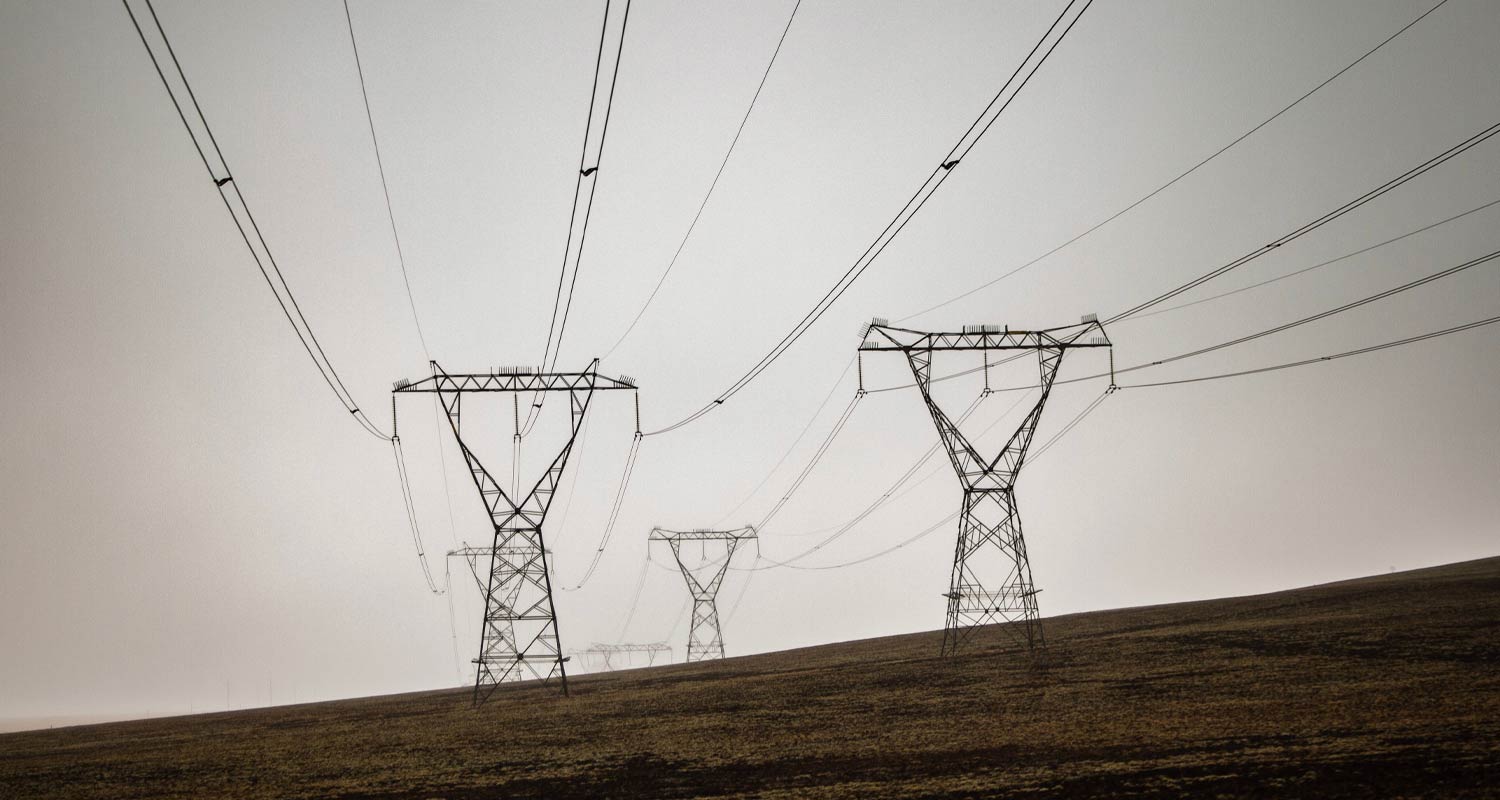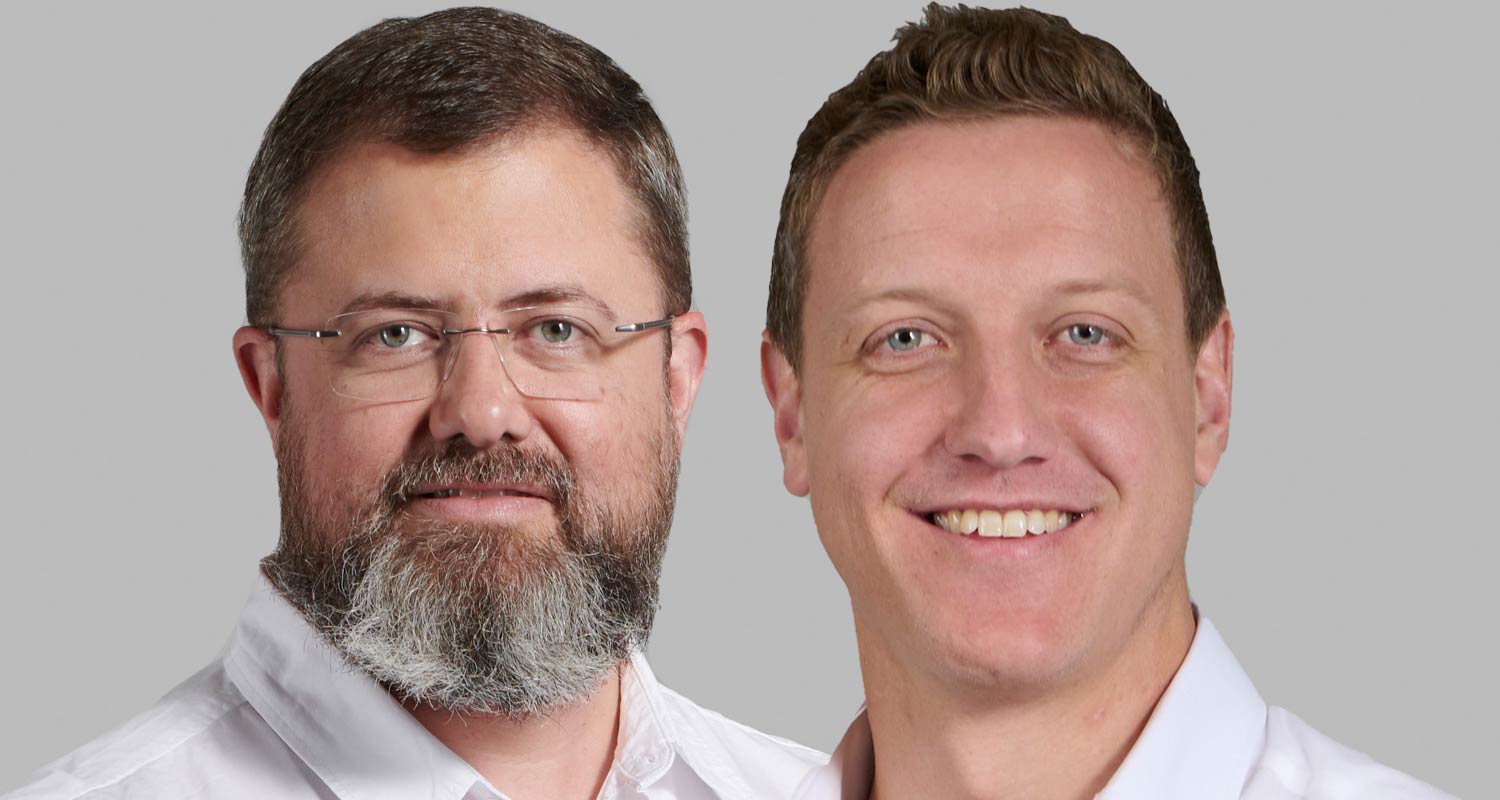 Reforms in South Africa’s vitality sector, whereas continuing glacially, are setting the scene for clear, non-public energy era. Lastly, too, that is opening the door for a game-changing vitality choice that’s been round for some time however is just now a risk: wheeling.
Reforms in South Africa’s vitality sector, whereas continuing glacially, are setting the scene for clear, non-public energy era. Lastly, too, that is opening the door for a game-changing vitality choice that’s been round for some time however is just now a risk: wheeling.
It’s a secure wager that not many individuals exterior the vitality sector even know the time period, however it’s been employed for a very long time in international locations such because the US, Germany, the Philippines, India and Japan; certainly, Eskom itself accredited wheeling in precept again in 2008.
It’s a devilishly easy idea: think about depositing money into one ATM and withdrawing it from one other ATM throughout city. You’re getting the identical worth out that you just put in, even when the banknotes aren’t the identical.
Wheeling works in an identical means: a producing facility – akin to an unbiased energy producer (IPP) – feeds electrical energy into the nationwide grid in a single a part of the nation (for a payment), and its meant buyer, akin to a big industrial consumer, attracts the commensurate quantity of electrical energy at its facility in one other a part of the nation.
Provision and use are then reconciled. Importantly, nevertheless, as a result of the tip consumer might eat vitality inside various time-of-use durations, with peak durations costing extra, the reconciliation is extra of a monetary transaction than a straight energy utilization one.
Wheeling brings with it manifest benefits, not least the flexibility to construct energy era capability – renewable vitality particularly – the place it really works finest, as an alternative of the place the shopper is located. It additionally gives the flexibility for IPPs to lastly contribute vitality to the nationwide grid in a aggressive and sustainable means. And through the use of wheeling to enhance photo voltaic era, clients stand to profit from displacing peak Eskom energy – by as a lot as 80% – and in addition meet their sustainability objectives with out capital funding.
Drawbacks
There are some drawbacks to wheeling, nevertheless. For starters, it’s not a solution to load shedding, for the easy motive that it doesn’t work in components of the grid being shed. Additionally, whereas it’s a simple course of to have a one-to-one association between a generator and a buyer, reconciling a one-to-many state of affairs turns into nightmarishly advanced, making wheeling a poor prospect exterior of huge customers. And transmission capability can be finite: there may be solely a lot load that may be carried on the grid (already, capability from the sun-drenched Northern Cape has been reached, for instance).
IPPs wishing to safe transmission capability should additionally show they’ve the shoppers to whom they may provide wheeled vitality. As a result of wheeling works in keeping with a keen purchaser/keen vendor precept, IPPs can not merely maintain components of the nationwide grid that would in any other case be utilised. Amongst IPPs, there may be thus at present an enormous race to safe clients for when wheeling does come into play in South Africa.
Learn: Eskom rolling out digital wheeling – right here’s the way it works
When will that be, contemplating that wheeling is a well-established observe elsewhere, and that Eskom authorised third-party wheeling 16 years in the past already? That’s not solely clear but, however an in depth approximation is “comparatively quickly”.
Firstly, President Cyril Ramaphosa has but to signal into legislation the Electrical energy Regulation Modification (ERA) Invoice, which was handed by parliament in March 2024 and by the Nationwide Council of Provinces in Could 2024.
The ERA Invoice lays out the unbundling of Eskom into separate era, transmission and distribution entities, and gives for the introduction of personal vitality producers. It’s set to remodel the best way – and the way a lot – vitality is generated, transmitted, distributed, traded and costed in South Africa, establishing the nation’s vitality framework for generations to come back.

One of the crucial essential components includes establishing the duties, powers and duties of a transmission system operator (TSO), which is able to oversee the market code required to interchange the present Eskom-dominated vitality sector with a multimarket framework.
A draft market code is circulating for public remark, which could be made earlier than 30 September 2024. The ensuing model of the code will seemingly be submitted to vitality regulator Nersa in November, with the precise code anticipated to be in drive from April 2026.
Crucially, the TSO will probably be located throughout the newly created Nationwide Transmission Firm South Africa (NTCSA), the transmission utility presently being created within the Eskom unbundling. The NTCSA is taking form (it already has its personal board, for instance) and whereas it’s anticipated to start working imminently, the ERA Invoice foresees the combination of the TSO’s capabilities and roles happening over as many as 5 years.
It’s a on condition that renewable vitality is essentially an more and more essential element of South Africa’s vitality combine; we, and the world, merely have to supply electrical energy in sustainable methods. One other of the NTCSA’s most essential priorities, as the brand new entity accountable for the nationwide transmission infrastructure, will thus be to extend grid capability the place renewable vitality era could be optimised, such because the Northern Cape and Jap Cape, and permitting trade to be located the place will probably be optimum for productiveness, job creation and financial progress.
So, for an vitality choice akin to wheeling to occur, we want a brand new vitality regime. However that’s a performed deal – nicely, nearly. As soon as Ramaphosa indicators the ERA Invoice into legislation, the blueprint for our vitality future will probably be in place. We nonetheless want the TSO, which is able to handle the transmission of the varied private and non-private vitality producers’ outputs; the NTCSA should simply stand up to hurry. (And construct extra high-voltage energy traces.)
However what we positively do have already are clients – ones who’re prepared and keen, proper now.
- The authors are Awie Bosman and Scott Havemann, respectively the heads of engineering and gross sales at Fibon Vitality, a renewable vitality firm